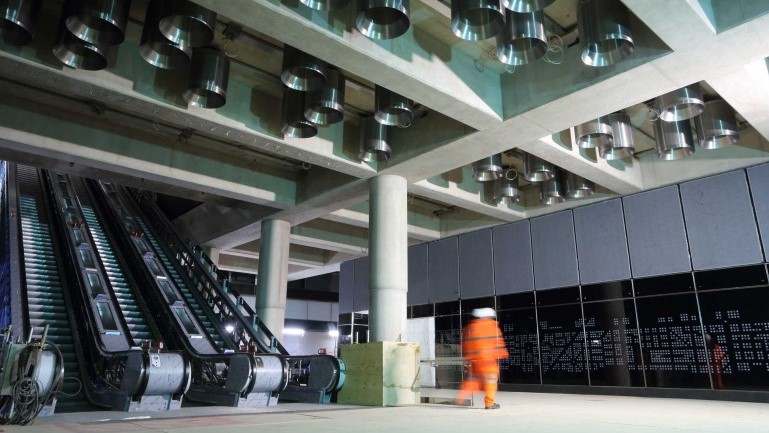Project Efficiency Top Tips from Crossrail

Simon Wright, Programme Director at Crossrail, provides some top tips on delivering an efficient project.
Over 40 years of managing large infrastructure projects, including those in the rail industry, has afforded me some insights into a number of practical steps project leaders can take to secure more successful outcomes.
With the only two sources of funding for public rail infrastructure being taxation and user charging, project investment needs to be carefully managed. In recent years, the infrastructure industry has benefited from significant levels of investment.
Taking a look at The National Infrastructure Plan, there are £411 billion worth of projects allocated over the next five years. Interestingly, a significant 91% of this has been allotted to energy and transport sector, and over 60% is said to be privately financed.
When considered in the context of project delivery management, there are a number of practical steps leaders can take to help bolster project outcomes and make the most of infrastructure investment.
Here are some of these key points that I outlined at the Project and Programme Management Reception, organised by Odgers Interim, in which I drew upon experience in my own roles at The Olympic Delivery Authority and Crossrail.
Lay the foundations for success: Large, complex programmes should be delivered by a special project organisation, with a clear organisational structure which needs to be defined from the project’s inception. This helps to isolate risk and allows the development of a purpose built corporate culture, while also avoiding distractions from ‘business as usual’ departments when executing the project.
Process, process, process: The next issue is to establish a comprehensive set of project processes – though this may seem self-evident, you would be surprised how often it isn’t followed.
This should start with the establishment of a clear vision and objectives. A comprehensive governance must be established to manage budget, schedule, quality, risk and change. A project’s success thereafter hangs on the relentless application of these processes.
Pm today straight to your inbox
subscribe
Tell the story: A strong and authentic culture should be created throughout the client, delivery and supplier teams, lead from the top and widely communicated.
This culture needs to be underpinned by a clear vision and a strong set of values, which can help empower managers at every level, inspiring loyalty and trust. For instance, at Crossrail we have the “Little Pink Book” which is issued to all new starters and sets out our values of safety, inspiration, collaboration, integrity and respect.
This approach will foster a strong team performance and get the best out of individual team members.
Support network: A project needs a collaborative environment, and this can be difficult in the rail industry due to the sheer number of people and organisations involved.
Take Crossrail, for example: we have over 10,000 people on site, as well as more than 450 apprentices and many hundreds of organisations involved. The scale and complexity of the supply chain is often eye-watering, yet alignment must be achieved.
Leadership qualities and pro-active human resource management are crucial to ensure trust is built throughout the supply chain.
Learning from experience: Last but not least, it is important to consider the adoption of a formal ‘lessons learnt’ programme to capture what is learnt on every project. This knowledge needs to be made readily available going forward.
During my work on the Olympics we created the ODA’s Learning Legacy website which is still available to all. Data and conclusions can form part of the input into further generations of major programmes and projects, and I continue to share lessons that I have learnt throughout my experience.
We will be creating what we hope will be an even better knowledge platform at Crossrail, to be launched in early 2016.
Ultimately,project success can never be guaranteed, and there is no silver bullet. However, giving attention to these key steps will significantly increase the chance of meeting the objectives and delivering benefits.
The UK population is set to rise by 10m by 2035, meaning there will be an urgent need for additional capacity throughout our rail system.
With extensive projects set out in the National Infrastructure Plan, we must take steps to increase the probability of project success, improve value for money and ensure benefits are realised on our current projects so that this investment will continue.




